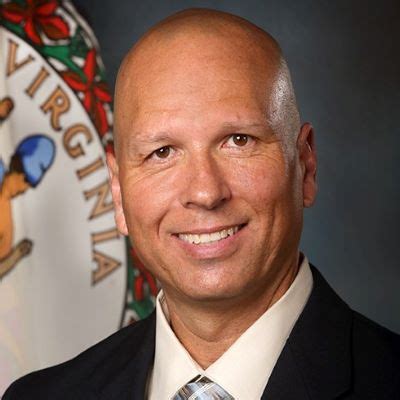

Chief data officers are one of the several new "chiefs" to arise in the government bureaucracy over the last decade. Relationship building with program agencies is...
Since its inception during the last decade, the chief data officer (CDO) position in state government has matured whereby half of the states now boast one.
It reminds me somewhat of the creation of the chief information officer position back in the mid 1990s, when I became arguably the first state CIO via my appointment by Massachusetts Gov. Bill Weld. Within five years it had become so commonplace that the state IT leadership association changed its name from the garbled National Association of State Information Resource Executives to the National Association of State Chief Information Officers (NASCIO).
While the original CIOs were primarily embedded within the states’ “administrative” agencies, over the last several years more and more have been set up as heads of cabinet agencies. Over a dozen states now have a state CIO in their governors’ cabinets, and that trend appears to grow with each new election.
CDOs on the other hand are not portraying a perceptual formula for organizational establishment, other than the fact that the position appears to primarily reside either within those same administrative agencies or within the office of the CIO.
We spoke this week about the position’s placement within the state bureaucracy with the Commonwealth of Virginia’s CDO Carlos Rivero who reports to the Commonwealth’s secretary for administration.

“It’s all mixed. There are some that report to the CIO, there are some that report to the chief management officer, the chief performance officer. There are some that report to administrative officers,” he said. However, Rivero felt strongly that the chief data officer should report to whoever is responsible for managing the operations and performance of an organization. “And in some for-profit organizations that happens to be the chief financial officer. In some organizations, it’s the chief performance officer or secretary of administration, in my case.”
Rivero explained that his rationale was simple.
“I personally believe that data is a business asset or a mission asset. It is not a technology asset. It’s something that’s developed and implemented through technology, but its true value is harnessed in the mission and business of the organization,” he said. Therefore, the CDO should not be part of the CIO office.
Interestingly, for further evidence to back up his position Rivero cited the federal government’s Digital Accountability and Transparency (DATA) Act of 2014. The DATA Act requires federal agencies to increase the transparency of their $4+ trillion in annual spending by improving the quality of data available to Congress, federal managers, and the public.
“With the DATA Act, it’s very difficult for a chief data officer to report on the chief information officer’s compliance with the IT dashboard, and some of the other federal reporting requirements. If the CDO is a subordinate of the CIO, I see this puts you in a very difficult position.”
Beyond the governance issue, Rivero explained the rationale for creating the CDO position in the first place. Ironically, it involved a health crisis; however, in this case it was not the coronavirus. It was opioids. The Virginia legislature in 2018 created the Data Sharing and Analytics Advisory Committee and established the CDO position.
“I would definitely say the opioid crisis did have a role to play in the creation of the Data Sharing and Analytics Advisory Committee, and also focusing our efforts on an initial project that is primarily concentrated on the opioid crisis,” he said.
The primary purpose of the Advisory Committee was to execute that pilot opioid project and evaluate the use or the validity of data sharing to address multi-disciplinary complex problems. However, it was also to submit a report to the governor and the Virginia General Assembly for a permanent governance structure of the state’s data assets.
“So the creation of a data governance framework for the Commonwealth was, in my opinion, one of the critical priorities for the Data Sharing and Analytics Advisory Committee,” Rivero said.
Discussing the actual role of the CDO, I recalled that as CIO in California I oversaw the Y2K remediation efforts. Our first task in that enterprise initiative was to inventory the state’s applications across 150 departments to determine the scope of our work. We discovered over 3,000 applications. I assumed the CDO’s responsibilities involved similar initial efforts, and Rivero concurred.
“We needed to have an understanding of what are our data assets, we needed to have a data inventory for us to even be able to call it an asset,” he said.
Being able to have that data inventory was incredibly important for being able to support data discovery across all of the different applications in state government.
“Like you said, we have thousands of applications in production across the Commonwealth right now that are all generating data on a regular basis. And we can derive additional value from those data assets, but only if we know they exist,” he said.
With those thousands of applications to analyze, with data quality issues, and often a recalcitrant state bureaucracy to build working relationships, the CDO position has its challenges.
However, in Virginia Rivero has cited his successful collaboration with program agencies as his greatest accomplishment because lack of engagement and participation by key stakeholders are the primary reasons data governance projects fail.
“That’s why I focus a large amount of effort on building those relationships. I’m proud of the relationships we’ve built in a short amount of time. We’ve brought a lot of people together and this has helped facilitate the success of the Commonwealth’s data governance and analytics program.”
Copyright © 2025 Federal News Network. All rights reserved. This website is not intended for users located within the European Economic Area.


